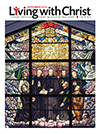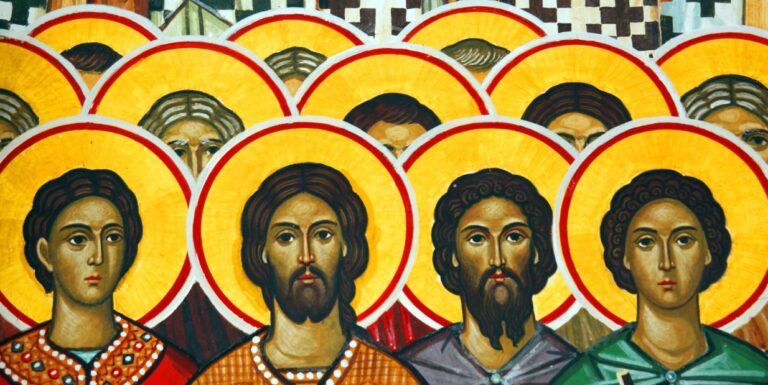
Celebrating the Birth of the Blessed Virgin Mary
When we think of Mary, we usually cast her in one of two roles: that of the quiet but consistently supportive mother or as the young virgin who answers God’s call to motherhood.
Today, however, we celebrate Mary’s birth, an event that takes place long before she assumes either of these roles but one that is an essential step in Mary’s place in salvation history.
September 8, of course, falls nine months after the feast of the Immaculate Conception, which celebrates Mary having been conceived free of original sin. Today we celebrate the fruition of the Immaculate Conception. Mary’s birth as a sinless person allows her to assume the role of theotokos, or God-Bearer, an identity the Council of Ephesus affirmed in 431. As a sinless person, Mary is suitably pure to carry and to give birth to a son who is both fully human and fully divine. As Saint Augustine expressed it, Mary “is the flower of the field from whom bloomed the precious lily of the valley. Through her birth the nature inherited from our first parents is changed.”
Church tradition holds that saints are usually remembered on the date of their death, because it is in death that they are reunited with God. We mark the births of both Mary and John the Baptist, however, because of the holy nature of those events (John the Baptist, remember, was blessed in Elizabeth’s womb), a nature that is directly linked to the two saints’ roles in the salvific mission of Christ.
The New Testament offers no clues as to Mary’s childhood. Any understanding we have comes from the Protoevangelium of James, an apocryphal document that dates from late in the second century. It is in this book, rather than in the New Testament canon, that we find the suggestion, for example, that Mary’s parents were named Anne and Joachim or that they had long been childless.
“Let us celebrate with joy the Nativity of the Blessed Virgin Mary,” today’s entrance antiphon reads, “for from her arose the sun of justice, Christ our God.”
-Catherine Mulroney, Editor of Living with Christ, Canada’s Companion to Praying and Living the Eucharist
 Subscribe to Living with Christ today and participate more fully in the Eucharist.
Subscribe to Living with Christ today and participate more fully in the Eucharist.


